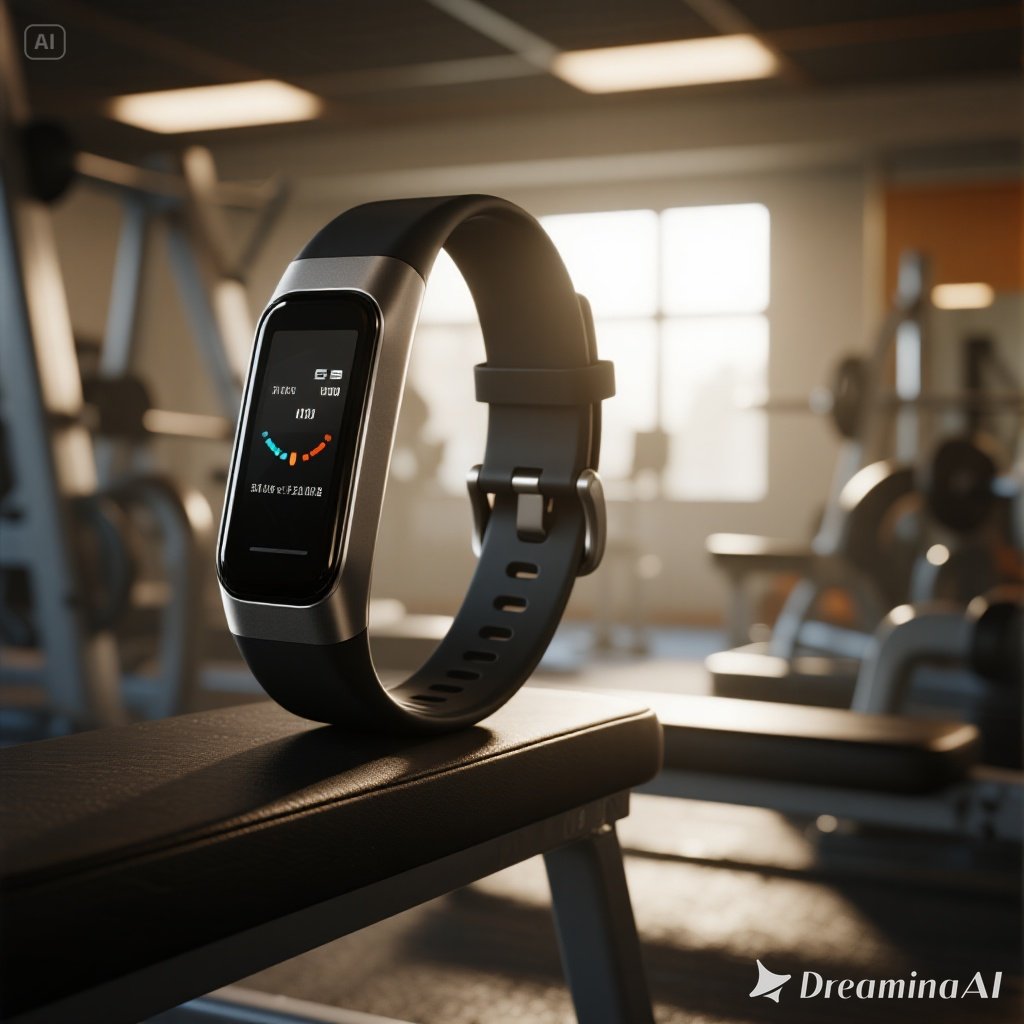Smart wearables are transforming fitness tracking with AI, biosensors, and IoT. Explore the future innovations and benefits of wearable fitness technology.
Over the last decade, smart wearables such as fitness bands, smartwatches, and connected health devices have transformed how people monitor their health and wellness. What started as simple step counters has now evolved into sophisticated health trackers that measure heart rate, blood oxygen, sleep cycles, and even stress levels. As we step into the future, smart wearables are set to become even more advanced, integrating technologies like AI, IoT, and biosensors to create a more holistic approach to fitness tracking.
This article explores the future of smart wearables, their innovations, and their impact on fitness and health.
1. Evolution of Smart Wearables
Initially, wearables focused on basic tracking: counting steps, calories, and simple activity levels. Today, devices like Apple Watch, Fitbit, Garmin, and Samsung Galaxy Watch go far beyond. They now include:
- Continuous heart rate monitoring.
- ECG (Electrocardiogram) and blood oxygen sensors.
- Sleep pattern analysis.
- Stress and recovery tracking.
- Integration with fitness apps and healthcare systems.
In the near future, smart wearables will expand further into predictive and personalized health tracking.
2. Future Innovations in Smart Wearables
a. Advanced Biosensors
Wearables will include sensors that can monitor:
- Blood glucose levels (for diabetics and lifestyle health).
- Hydration levels for athletes.
- Hormonal changes related to stress or fitness performance.
b. AI-Powered Personalization
Artificial Intelligence will process massive health data to give users personalized fitness recommendations such as when to train, rest, or adjust nutrition.
c. Integration with IoT and Smart Homes
Wearables will connect seamlessly with smart homes:
- Adjusting room temperature for recovery.
- Syncing with smart fridges for meal suggestions.
- Connecting with VR gyms for immersive workouts.
d. Augmented Reality (AR) Fitness Coaching
Smart glasses combined with fitness wearables may provide real-time AR coaching, displaying exercise form corrections and training progress during workouts.
e. Preventive Health Alerts
Instead of only tracking, future wearables will act as early-warning systems, predicting injuries, dehydration, or even heart attacks before they happen.
3. Benefits of Future Smart Wearables
- Holistic Health Monitoring: Comprehensive tracking from physical fitness to mental health.
- Motivation Through Gamification: Future wearables will include advanced gamification features, challenges, and rewards to boost user engagement.
- Seamless Healthcare Integration: Doctors may receive real-time data from patients’ wearables for better diagnosis and treatment.
- Accessibility: As technology advances, smart wearables may become more affordable and accessible to broader audiences.
4. Challenges to Overcome
a. Data Privacy & Security
With constant tracking of personal health, ensuring data protection will be crucial.
b. Accuracy of Sensors
Not all wearables provide medical-grade accuracy. The challenge will be to improve reliability for professional and healthcare use.
c. Over-Reliance on Technology
Users may become overly dependent on wearables rather than building sustainable fitness habits.
d. Battery Life
More features mean higher power consumption, so extending battery life will be essential.
5. The Role of Smart Wearables in the Fitness Industry
The fitness industry is expected to integrate wearables even more deeply:
- Personal Trainers: Use client data from wearables to design custom programs.
- Gyms & Fitness Centers: Partner with wearable companies to create data-driven group classes.
- Insurance Companies: Offer discounts for healthier lifestyles tracked via wearables.
Conclusion
The future of smart wearables in fitness tracking looks promising, with innovations in biosensors, AI-driven personalization, and IoT integration leading the way. While challenges such as privacy, accuracy, and accessibility remain, the potential to revolutionize fitness and health monitoring is immense. In the coming years, wearables won’t just track fitness — they will become personal health companions, empowering individuals to lead healthier and more active lives.
Recommend :














